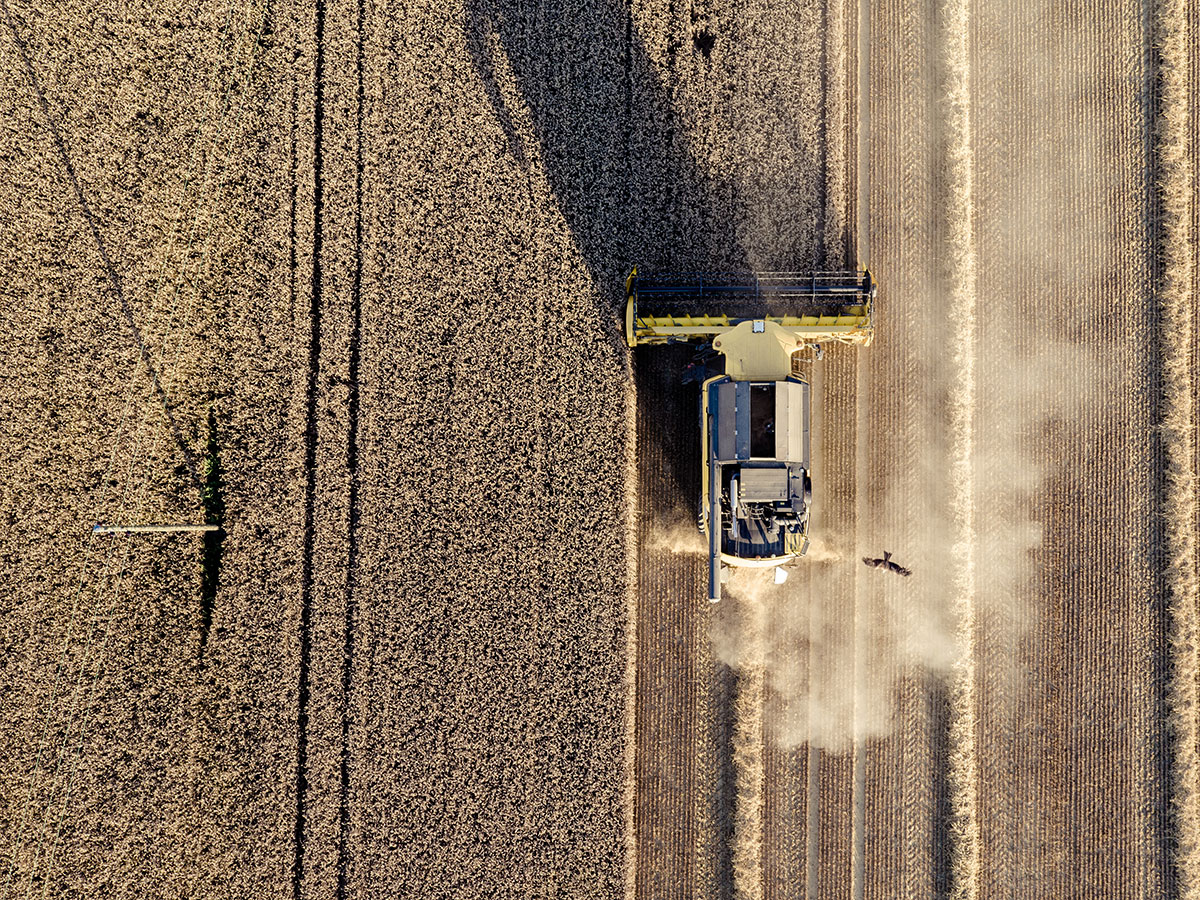
Trends in agricultural machinery

New alternatives developed to significantly improve the work performed in agricultural fields worldwide emerge every year. For that reason, we would like to discuss some of the trends that were disclosed regarding agricultural machinery so that agricultural producers get to know all those innovations, characterized by a firm bet on high-technology and performance agricultural products.
According to information published on the website Agritechnica, manufacturers of agricultural machinery from around the globe were responsible for presenting, at one of the most popular and crowded fairs known today, options specially designed to facilitate every step involved in the process of planting and harvesting crops.
One of the main objectives of the Agritechnica fair was to show some of the most viable technical solutions that are available to improve ploughing and cultivation in nations with emerging agriculture. Below, we mention some of the innovations that made an impact on the agricultural producers attending the fair.
Protecting soils for cultivation
This is certainly one of the aspects that stood out the most since is part of the challenges that agriculture must face nowadays. Soil degradation has led researchers to use agricultural technology to try to create viable options for agricultural machinery focused on preventing and minimizing the loss of soil nutritional qualities, since they help prevent the emergence of diseases and pests that can affect the quality of crops worldwide.
Likewise, everything related to the post-harvest process and how the land should be cultivated is being considered to prevent its deterioration. For example, the use of machines for cultivation that could significantly destroy land surface cover is expected to increase in the coming years, so work is being done to develop agricultural machinery with greater electronic precision that is able to remove weeds and collect grains, without causing damage to plantations or loss of nutrients from the soil.
Environmentally friendly tractors
Technology still is a crucial factor in the performance of this type of agricultural machinery, since for some years now the law stipulates that tractors must have a technological engine to avoid emissions that are harmful to the environment. Tractor designs that comply more closely to these requirements were presented on the event, along with something unprecedented: an electromechanical power-split gearbox that can supply 100 kW of external electrical power, as well as further developed full powershift and hydrostatic/mechanical power-split stepless gearboxes.
For smaller equipment, fully electric concepts with batteries are still being considered, while large models are being equipped with track running gear for high traction and low soil pressures. The goal is to make operations simpler, safer and optimal for the benefit of farms.
In this edition of the fair, two tractor-manufacturing companies presented new options that seek to reduce shocks caused by agricultural machinery such as large square balers that often have a big impact on the land. The idea is to be able to improve driving comfort by reducing the tension in the drive and structure.
Better distribution of fertilizers
Sometimes this issue is overlooked, but it certainly draws the attention of agricultural producers, since until a few years ago there were failures in the proper distribution of the mixture of fertilizers through broadcasters and there was no precise procedure to distribute them on the plantation.
Now, with the support of control and regulation technology, it is possible to have agricultural machinery aimed at improving the spreading quality of fertilizer mixtures. Data networks allow to analyse the elevations and slopes of the land to make a better projection of how the distribution will be made, while the electrically driven metering units provide more precise control to spread the exact amount of fertilizers required.
Development of better irrigation systems
It is a critical aspect for the optimal development of crops worldwide and for that precise reason many researchers are creating new proposals focused on protecting agricultural yields, while making better use of the water resources available, especially in this era when there is evidence of global warming, so it is essential to further preserve the water destined for agriculture.
Estimates indicate that in a few years the irrigation process will be increasingly extended to other areas of cultivation and other areas that are not intended for that purpose, so it is vital for researchers to focus on designing agricultural machinery that allows the reduction of the use of water without affecting cultivated lands.
The good news is that, thanks to increased digitization and the possibility of using network sensors, many farmers have been able to rely on tools such as the internet to use increasingly precise sensors to balance the amount of water used for fields, and even perform irrigation at specific land locations where it is required the most. The truth is that there is a current trend towards reducing operating water pressures and, therefore, reducing energy requirements during irrigation.
Cultivation technology has become increasingly demanding so it is necessary to keep in mind the different aspects that will result in better crops where the preservation of soil moisture is taken into account, the improvement of nutrient availability and a simplified operation through digital electronic aids. More than ever before, agricultural machinery trends demonstrate that current technology offers a wide range of possibilities to achieve these goals.





![[eBook] Sustainability and water management](https://agriplasticscommunity.com/wp-content/uploads/8_550x310_ENG-440x264.png)
![[eBook Trends in Agriculture Plastics] Increasing use of biodegradable mulch](https://agriplasticscommunity.com/wp-content/uploads/550 × 310_2_ENG-440x264.png)
![[eBook Trends in Agriculture Plastics] Reducing the plastic used in the manufacture of agricultural films](https://agriplasticscommunity.com/wp-content/uploads/550 × 310_1_ENG-150x150.png)





















